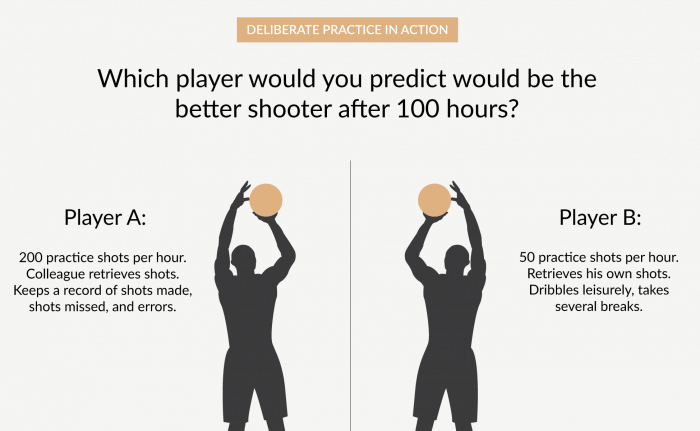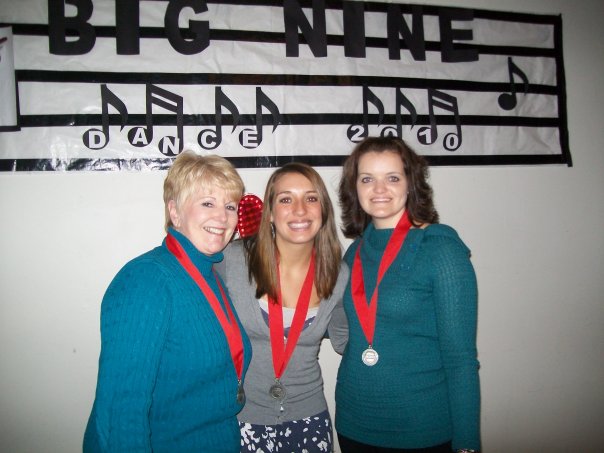I’ve always been fascinated by clutch performances. You know, the performances where the pressure is on and an athlete rises up and dominates to secure the result they wanted? I’m talking about those performances. While everyone loves to watch these performances happen, they don’t always happen. Many times, when the pressure is on, athletes tense up and are unable to handle the pressure, which throws a wrench in their performance and they crumble.
Cluth performance has been defined as, “Any performance increment or superior performance that occurs under pressure circumstances,” (Otten, 2009, p. 584). It has been suggested that in order for a performance to be defined as clutch, the athlete must be aware of the pressure and have the capacity to experience stress, perceive the outcome as high importance, and succeed largely through intense effort, (Hibbs, 2010).
Since my consulting company is called, The Mental Clutch, I’m always reading and researching ways to enhance an athlete’s chance to experience more clutch performances. One research study in particular that I came across in the Journal of Applied Sport Psychology was titled, “Psychological States Underlying Excellent Performance in Sport: Toward an Integrated Model of Flow and Clutch States.”
Now, THIS is a research study I can get excited to read! I felt like it was calling out to me.
For those who are not familiar with flow, it is a highly studied experience in sport psychology, which is defined of a harmonious and intrinsically rewarding state characterized by intense focus and absorption in a specific activity, to the exclusion of irrelevant thoughts and emotions, and a sense of everything coming together or clicking into place, even in challenging situations (Csikszentmihalyi, 2002). To put it briefly, flow is a state where the challenge meets your ability and you’re able to execute what’s needed while feeling effortless and time standing still.
Sport psychology talks a lot about flow, but it isn’t that simple to achieve. As athletes and coaches, we must remember that many times in performances things don’t go our way. Instead of “letting it happen” and attempting to get into flow we may need to grind and dig down deep to “make it happen” and deliver a clutch performance.
In the study, two psychological states were discovered during the excellent performance. One was described as “letting it happen,” which corresponded with the definition and description of flow, where the other was “making it happen,” which did not correspond with flow. Making it happen was different as being described as more effortful and intense while involving a heightened sense of awareness and concentration.
The study aimed to gain a better understanding of the process through which flow and clutch performances occur in sport while providing practical guidance for applied practitioners seeking to help athletes experience performance states.
What the study found was that in flow states, athletes reported being “on autopilot,” and achieving personal bests that couldn’t have gone any better. The second state, which was clutch, was described by athletes as “grinding,” and “gritty.” It was mentioned that it was not easy or comfortable as compared to flow.
Athletes also reported using different psychological skills in order to reach each state. Athletes reported maintaining their flow state through positive distractions, which could be internal (getting lost in thought/singing a song) or external factors (thinking about the weather). Elite golfers also reported focusing their concentration away from the task at hand during flow states by talking to their caddie between shots. It is common that when we think too much about the task at hand, we become hyperfocused and make errors or mistakes so distracting your mind and trusting your body to do the work can be important. In contrast, athletes who experienced clutch performances reported using more associative strategies, such as setting micro-goals and using positive, motivating self-talk. These strategies appeared to help by mobilizing effort, focusing attention, and maintaining confidence. Therefore, it may be the case that flow and clutch states also require different styles of self-regulation skills.
It is important for athletes, coaches, and other supporting staff to consider each state and recognize that an athlete has the potential to transition between the two during the performance.
This resonated with me as I reflected on running a marathon. I remember the beginning was rough and I was extremely nervous, I had to dig down deep to keep up with the pacer in order to reach my timed goal. Reminding myself of why I chose to run a marathon and all of the painful practice runs I did leading up gave me the motivation I needed to kick my butt into gear. This beginning part was definitely a clutch state. About halfway in I remember feeling like running was natural and easy and the miles were flying by. I was able to distract myself from the task at hand by striking up conversations with runners around me, watching the faces of the fans I passed, and being mindfully in the moment with my surroundings. I was definitely flowing during this time as my confidence increased and I felt assured that I could finish this marathon. Towards the end of the last 3 miles, I began to feel the pain encroaching in my entire body. I was tired, exhausted, and desperately wanted to stop. I had to remind myself of my goals and use motivational and instructional self-talk to fight through the last grueling miles. This is where my mantras worked wonders. I wrote three powerful I Am statements on my hand in case I needed them. For several miles, I repeated to myself, “I am strong, I am competitive, I am supported.” This was definitely a clutch state yet again. I was able to finish, but it was a very painful experience and required a lot of effort.
I found this study to be refreshing and also inspiring. In the world of sports, we at times think, “you either have it or you don’t.” We preach the importance of finding flow in order to reach our top performances. What this study demonstrated is that we do not NEED flow in order to achieve our goals. Yes, flow is a great state to be in, however, it is challenging to get to because the more we try to get in flow the further away from it we become. If flow is not an option there is still another way to finish our performance as intended. This is when a clutch performance is the best option. It’ll take a lot of effort, it may be grueling and painful, but the end result will definitely be worth it!
Csikszentmihalyi, M. (2002). Flow: The psychology of optimal experience (2nd ed.). New York, NY: Harper & Row.
Hibbs, D. (2010). A conceptual analysis of clutch performances in competitive sports. Journal of the Philosophy of Sport, 37, 47-59.
Otten, M. (2009). Choking vs. clutch performance: A study of sport performance under pressure. Journal of Applied Sport & Exercise Psychology, 31(5), 583-601.
Swann, C., Crust, L., Jackman, P., Vella A. S., Allen, S. M., and Keegan, R. (2017). Psychological states underlying excellent performance in sport: Toward an integrated model of slow and clutch states. Journal of Applied Sport Psychology, 29, 375-401.




